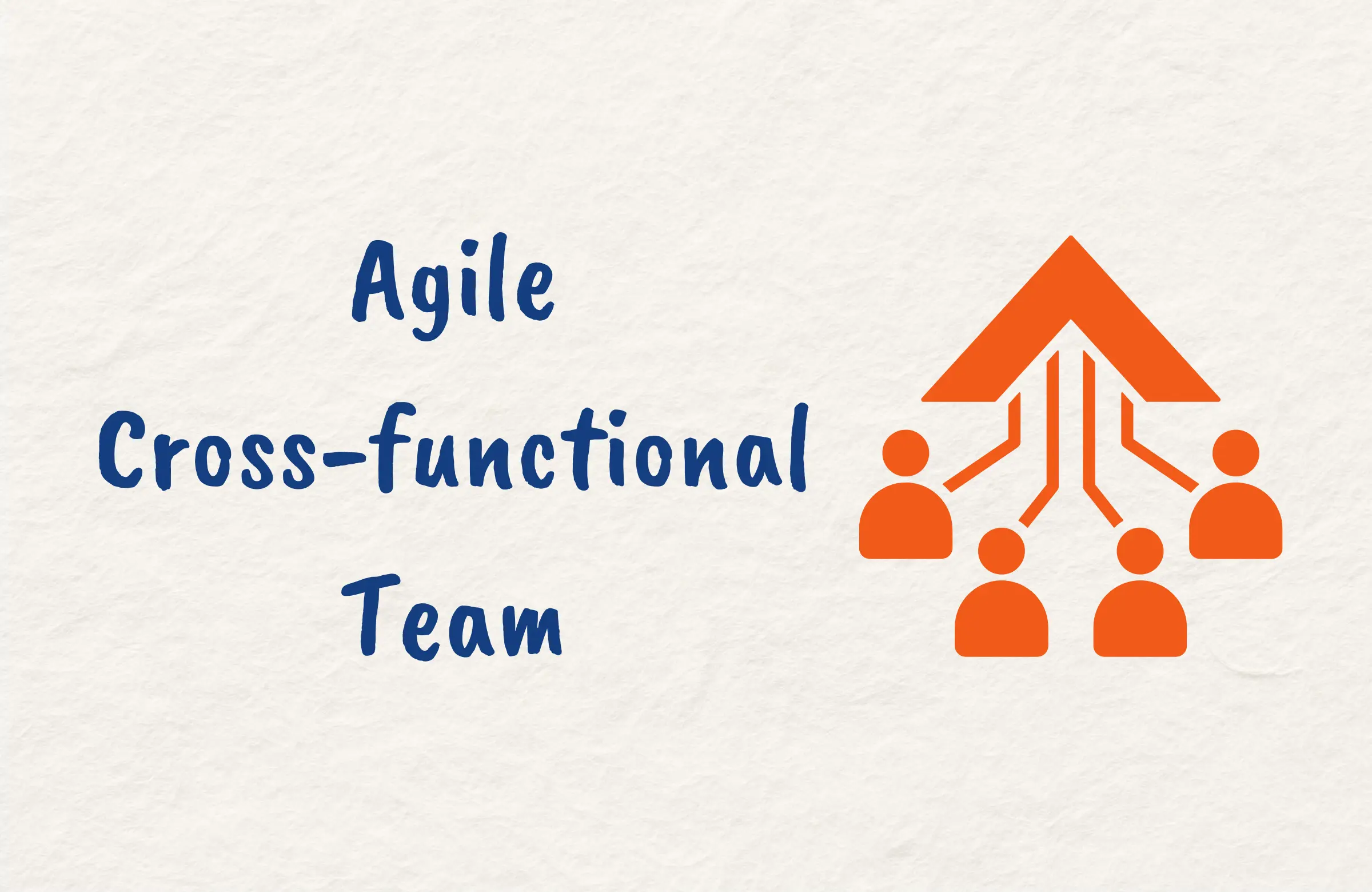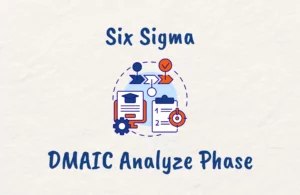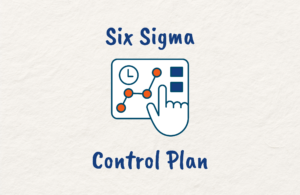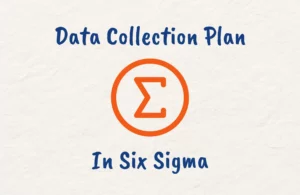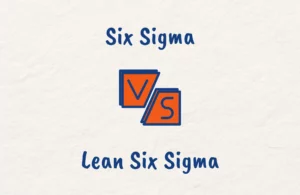You have probably heard the term “cross-functional teams” thrown around in Agile circles but may not be quite sure what it means.
As Agile practices like Scrum have become more popular, cross-functional teams have emerged as a key way to boost collaboration and improve flow.
In this post, we’ll explore what Agile cross-functional teams are all about, including their characteristics, the roles involved, and how to build and manage them effectively.
We’ll also discuss the benefits that these cross-functional teams can provide, like enhanced innovation and productivity, as well as challenges to look out for.
This post is designed to give you a solid understanding of how cross-functional teams help unlock the power of Agile.
What Does a Cross-Functional Team in Agile Mean?
A cross-functional team in Agile refers to a group of people with complementary skills and expertise who collaborate to achieve a shared goal.
Cross-functional teams contain members from different disciplines, such as development, testing, design, product management, and more.
Unlike traditional teams where people only do work related to their specific roles, members of an Agile cross-functional team are willing and able to take on whatever work is required to complete user stories and Sprint Goals.
For example, a developer may collaborate on testing tasks, while a designer may help with development work.
The diversity of skills on these cross-functional Agile teams enables greater flexibility, autonomy, and collaboration epitomizing the Agile values of teamwork and end-to-end responsibility for work.
Because the team has all the skills needed to finish work, they can make progress without relying on other groups.
Characteristics of Agile Cross-Functional Teams
Agile cross-functional teams have unique qualities and ways of working that enable greater efficiency, innovation, and delivery of value.
Here are some key characteristics of cross-functional teams in Agile:
Diverse Skillsets
As mentioned earlier, cross-functional Agile teams contain a diverse mix of skill sets including development, testing, design, product management, and more.
This diversity enables the team to tackle work without dependencies on other groups.
Flexibility and Adaptability
With a multifaceted skillset at their disposal, cross-functional teams can rapidly adapt to changing priorities and business needs, and can dynamically shift how work gets done to optimize efficiency.
Shared Goals
Every member of an Agile cross-functional team rallies behind shared Sprint Goals and a collective purpose. Individual roles take a backseat to the team’s mission.
T-Shaped Skills
Team members are encouraged to be T-shaped which means possessing deep expertise not just in their domain, but with the ability to collaborate on tasks outside their primary role which empowers further flexibility.
Self-Organization
Cross-functional Agile teams don’t require traditional top-down management. They take charge and organize themselves, determining how best to accomplish the Sprint goal which facilitates quicker decision-making.
Continual Learning
Team members continuously expand their skills and experience through pair programming, shadowing, and cross-training on tasks outside their roles. This supports greater adaptability.
Roles in Cross-Functional Agile Teams
While cross-functional Agile teams emphasize flexibility and shared responsibility, there are still some key roles that are part of most high-performing teams:
Product Owner
The Product Owner serves as the customer advocate and is responsible for articulating customer needs, prioritizing the work in the Product Backlog, and defining acceptance criteria.
Scrum Master
The Scrum Master helps the team work cross-functionally by facilitating the team’s Agile processes, removing impediments or obstacles, and coaching the team to improve.
Delivery Team
The Delivery Team is a cross-functional group that delivers shippable increments of work each Sprint.
Developers
Developers write, test, and debug code to build product capabilities. In cross-functional teams, they collaborate across disciplines.
Testers
Testers focus on the customer experience, verify product quality, create test cases, identify defects, and may automate tests.
Designers
Designers enhance product usability and appeal through user-centered design techniques. They may also contribute to UX writing or development.
Operations
Operations team members enable continuous delivery by handling deployments, infrastructure, scaling, monitoring, and other operational needs.
While specialists like developers or testers will dive deeper, cross-functional teams encourage all members to contribute wherever they can add value.
How to Build a Cross-Functional Agile Team
Constructing an effective cross-functional Agile team takes planning and an intentional approach.
Here are some tips to build one:
Identify Needed Roles
Analyze the product and project needs to determine what roles are required for the team. Consider skills like development, testing, design, product management, and operations.
Seek Out T-Shaped Individuals
Recruit and select people with specialist skills (ideally T-shaped) in a particular domain along with the ability to collaborate across disciplines.
Mix Experience Levels
Blend senior, mid-level, and junior team members so that the experienced folks can mentor newer members, while fresh perspectives foster innovation.
Promote Collaboration
Nurture T-shaped skills development, and facilitate practices like pair programming, shadowing, and cross-training to build a collaborative culture.
Set Shared Goals
Rally the team around shared objectives and guiding principles to foster team identity, and communicate how each role contributes.
Foster Self-Organization
Allow the cross-functional team to self-organize and determine the best way to meet their shared goals goals as this enables quick decision-making.
Provide Ongoing Coaching
Coach the team on continuous improvement, conflict resolution, and working cross-functionally. Then help them to build relationships and trust.
Review Team Composition
Periodically evaluate skill gaps within the team and make adjustments to achieve the optimal cross-functional mix to evolve the team.
Benefits of Cross-Functional Agile Teams
Cross-functional Agile teams offer many advantages that boost the delivery of value and drive higher performance through improved collaboration, flow, innovation, and accountability.
Some of the key benefits of Agile cross-functional teams include:
Enhanced Collaboration
With diverse perspectives represented, collaboration thrives. Knowledge sharing also improves as team members interact more across functional boundaries.
Increased Flexibility
Cross-functional teams can dynamically shift resources to tackle changing priorities because skills are spread across the team allowing them to respond faster to business needs.
Reduced Dependencies
Since the team has all the skills in-house to deliver work, they can avoid dependencies on other groups that slow progress.
Improved Flow
By minimizing hand-offs between functions, cross-functional teams smooth the flow of work from idea to launch which makes work move faster through the value stream.
Greater Accountability
With a shared sense of collective responsibility, the finger-pointing game is greatly diminished as the team owns its successes and failures together.
Higher Morale
Team members feel empowered to use their unique skills while also expanding their capabilities. This greater purpose and sense of belonging helps to boost engagement.
Increased Innovation
Drawing from diverse perspectives spurs creativity, and cross-functional collaboration breeds innovative solutions.
Optimized Output
Cross-functional teams focus all their efforts on producing maximum value together which leads to an increase in their output and efficiency.
Challenges of Cross-Functional Teams
While cross-functional teams unlock immense value, they also come with their share of potential pitfalls that you need to be aware of.
Some challenges of cross-functional teams include:
Lack of Clear Direction
Without clear goals or priorities from leadership (which happens in some organizations where you may find yourself), cross-functional teams can lose focus, and team members may end up working at cross-purposes.
Unclear Roles
If the roles and responsibilities within the ‘cross-functional’ aren’t explicitly defined, the members may struggle with task delegation and accountability.
Conflicting Work Styles
Diverse perspectives and work styles can lead to interpersonal conflicts that hamper team cohesion and collaboration.
Knowledge Gaps
Since members come from different specialties, they may lack baseline knowledge to collaborate smoothly and deep expertise can get diluted.
Resource Contention
Specialized team members like UX designers may get pulled in multiple directions by various teams, thus slowing their availability.
Difficulty Prioritizing
Determining what initiatives or tasks deserve the team’s focus can be challenging with many voices represented.
Cross-functional teams can minimize friction and optimize productivity by deliberately mitigating these pitfalls through leadership alignment, role clarity, coaching, and open communication.
Managing Agile Cross-Functional Teams
Effective management is crucial to unlocking the full potential of cross-functional Agile teams.
Here are some tips for managing Agile cross-functional teams:
Provide Clear Vision
Set clear direction by defining strategic product goals and guardrails for the team, and align the Sprint objectives to the product vision.
Foster Accountability
Ensure each member understands expectations through role clarity. Empower the team to self-manage and hold each other accountable.
Enable Open Communication
Create psychological safety for candid discussions. Also, facilitate constructive conflicts and channel disagreements into problem-solving.
Monitor Team Dynamics
Keep a pulse on team morale, relationships, and collaboration. Address friction that may arise through coaching, mediation, and team-building.
Structure Autonomy
Avoid micromanaging and allow the team to self-organize and make task-related decisions independently within the strategic context that you provide.
Promote Continuous Learning
Provide resources and support for cross-training and expanding skills to guide members toward T-shaped capabilities.
Gather Regular Feedback
Check in frequently via retrospectives, anonymous surveys, or 1:1s. Then adjust processes to optimize team effectiveness based on the insights you got.
Celebrate Successes
Recognize achievements and progress made by the team, and highlight examples of superb cross-functional collaboration.
How Does Agile Facilitate Collaboration Between Cross-Functional Teams?
The Agile methodology contains numerous built-in mechanisms that enhance collaboration between cross-functional teams.
Here are some ways that Agile facilitates collaboration between cross-functional teams:
1. Daily Standups
Daily standups provide visibility into what everyone on the team is working on thus allowing members to identify opportunities to collaborate across disciplines.
2. Sprint Planning
In Sprint Planning, the cross-functional team collectively defines and plans the work for the Sprint creating an alignment that enables smooth collaboration.
3. Retrospectives
Retrospectives allow the team to regularly inspect their collaboration and identify improvements. Issues hampering teamwork can be addressed.
4. Co-Location
While not always possible with the advent of remote work, co-locating team members together fosters increased informal communication and camaraderie between disciplines which enables knowledge sharing to thrive.
5. Story Mapping
Story mapping helps cross-functional teams align on the big picture vision and priority of work which enhances focus and coordination.
6. Pair Programming
Pairing team members across disciplines helps transfer knowledge and also builds interpersonal rapport critical for collaboration.
7. Cross-Training
Cross-training across specialties develops empathy and mutual understanding between team members which enables better collaboration through shared context.
8. Self-Organization
Allowing the team to self-organize around sprint execution clears communication bottlenecks, and enables faster decision-making through collaboration.
Example of a Cross-Functional Team in Agile
Let’s walk through an example of a cross-functional Agile team building an e-commerce mobile app:
The team consists of a product manager, 2 developers, a UX designer, a quality assurance tester, and a DevOps engineer.
The product manager grooms the backlog, prioritizing features like the shopping cart and checkout process, and works with the UX designer to create user stories with acceptance criteria.
During Sprint Planning, the cross-functional team then collectively estimates the stories for the upcoming Sprint and agrees to work on the shopping cart functionality first.
The developers pair program to build the shopping cart code, collaborating closely with the UX designer on the interface. The QA tester creates test cases to validate the code against requirements.
Using test-driven development, the developers write unit tests first before coding the shopping cart capabilities, while the tester helps identify edge cases to test.
The DevOps engineer works on the CI/CD pipeline to enable continuous integration and delivery of the shopping cart microservice, and also monitor application performance.
Throughout the Sprint, the team swarms collaboratively on stories during standups and reviews, clarifying misconceptions through constant communication.
The fully tested shopping cart feature at the end of the Sprint is potentially shippable thanks to the cross-functional team knocking down the story together.
Conclusion
Cross-functional teams are a critical ingredient for Agile success. Leveraging a diverse mix of complementary skills and perspectives unlocks immense benefits: enhanced collaboration, flexibility, innovation, and flow.
By breaking down functional silos and empowering the team to self-organize around shared goals, cross-functional Agile teams can achieve remarkable results.
With good management and coaching, these teams will continue to play a prominent role in transforming organizations and delivering customer value at speed.
FAQs
Which Behaviour Indicates a Team is Cross-functional in Agile?
Team members collaborate across disciplines, willingly take on work outside their primary role, rely on each other to develop solutions, participate in knowledge-sharing activities like pair programming, take collective responsibility for meeting goals, and make decisions together in a self-organized way.
In a Core Team, Who Ensures That the Agile Process Is Followed?
The Scrum Master is responsible for ensuring that Agile processes and ceremonies are properly followed in an Agile core team.
The Scrum Master facilitates events, promotes collaboration, removes impediments, coaches the team in Agile principles, and guides the team to high performance.
Why Do Agile Teams Focus on Diversity and Cross-Functional Skills?
Agile teams focus on diversity and cross-functional skills because it enables greater flexibility, creativity, and productivity. A mix of perspectives unlocks innovation while a range of competencies reduces dependencies.
Cross-functional collaboration optimizes flow and outcomes by leveraging the strengths of diverse team members.

